How to tile a wall with square or rectangular tiles
By Tal | 2014-03-13
Tiles make for the perfect wall covering as they are hygienic and easy to clean. They’re also cost-effective because they are durable and will therefore last for many years. Tiles are especially suited to the bathroom and kitchen due to their resistance to moisture.
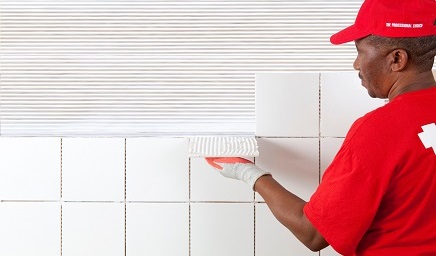
Step-by-step on how to tile a wall
- Determine how many tiles will fit the wall by measuring the area. This will assist you in identifying whether a cut tile (half tile) is required at each end.
- For wall tiling, use two battens to form a corner.
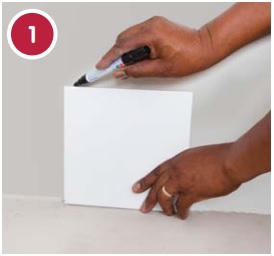 |
|
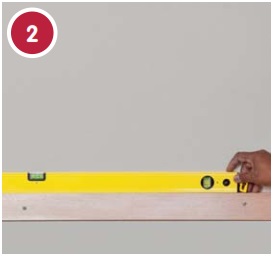 |
|
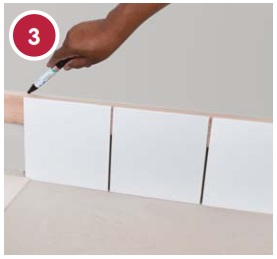 |
|
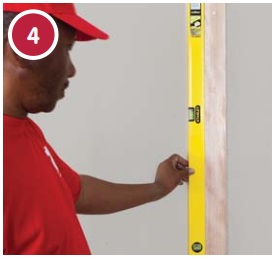 |
|
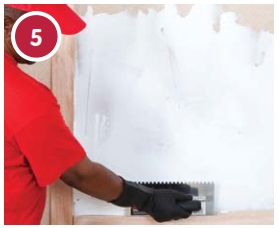 |
|
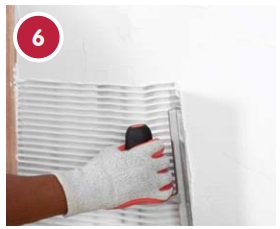 |
|
|
|
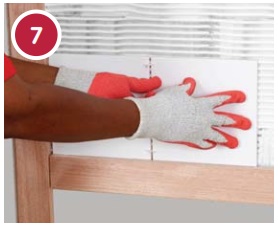 |
|
|
|
|
|
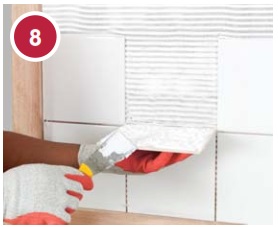 |
|
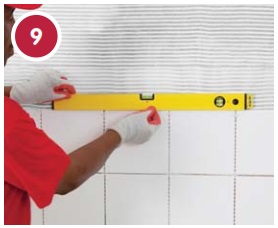 |
|
|
|
|
|
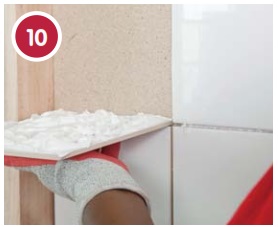 |
|
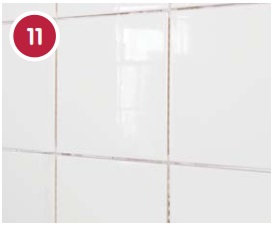 |
|
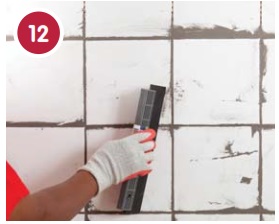 |
|
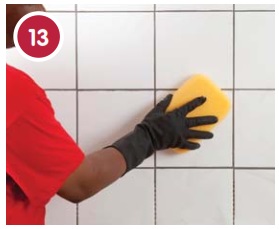 |
|
|
|
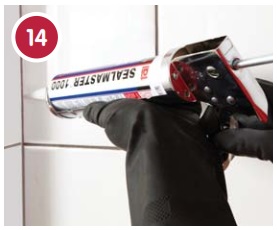 |
|
For more helpful tiling tips visit the DIY tab on TAL’s website.
[Back]
blog comments powered by Disqus

